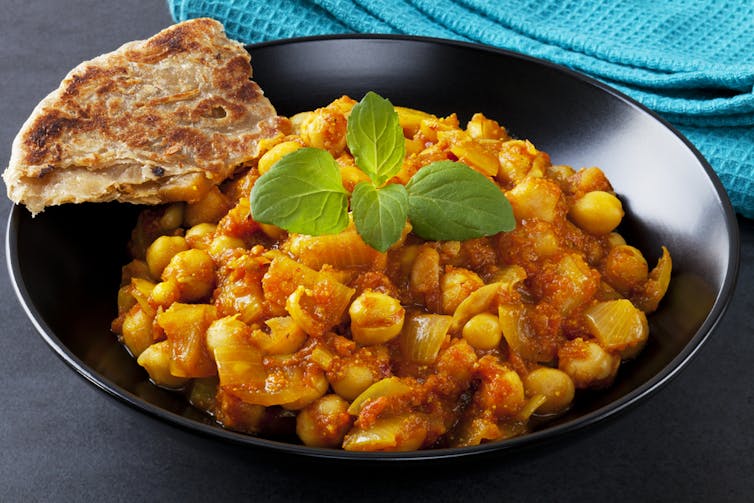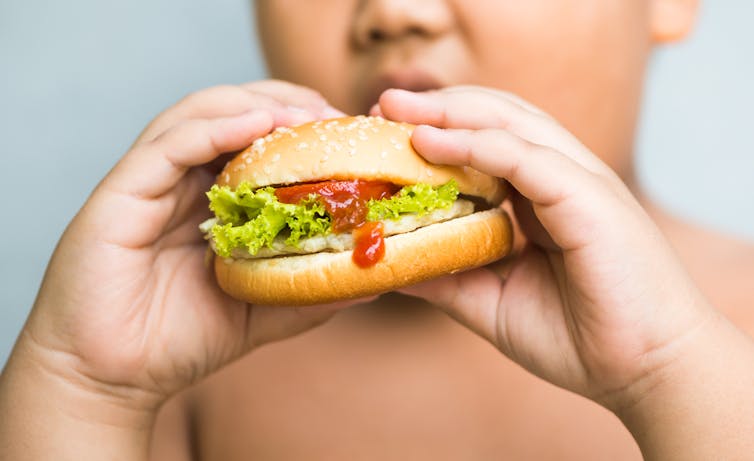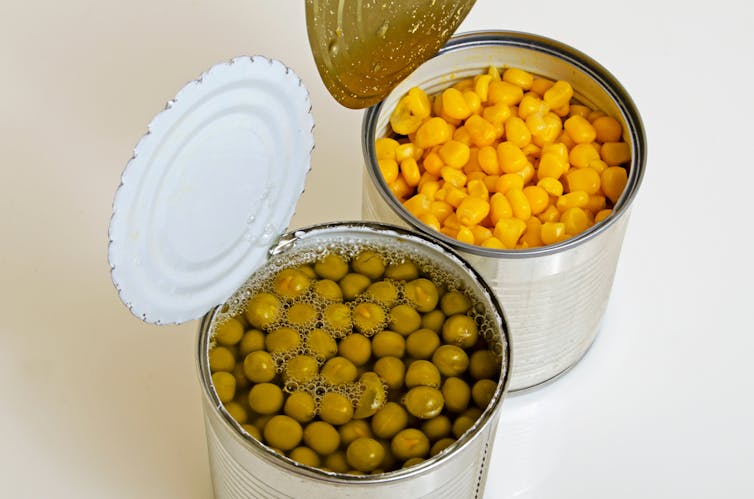What are superfoods?
 |
| Superfoods |
There is actually no scientific definition which clarifies
the term “superfood”. Which again leads us to our original question which is what are superfoods ?, then, if they are not defined.
It is basically a marketing term used for some of the foods
which are nutritionally dense than the others. Or it can be said that they are
called so because they are supposed to have high value to our good health.
It is essential to mention here that no single food, be it a
superfood, can provide every nutrient we need for well-functioning of our body
to maintain a good health.
Foods which are entitled as Superfoods by the market,
have certain health benefits. Like some of them are suggested to lower down
risks of chronic diseases such as heart diseases, strokes, or even cancer.
While some of them may slow down the ageing process, improve physical activities
of individuals, improve mental activity, memory power, and many other benefits. These all characters in a food makes it a superfood.
Many foods are tagged as Superfood. It suggested to
have a variety of fruits, veggies included in your diet so as to meet all the
nutrients as your body requires, since no food or superfood can provide all the nutrients alone.
Let us now look at some of the superfoods and their health benefits, which very
well justify the title of Superfood given to them.
Acai Berry :
 |
| Dried Acai berries |
It is a dark
purple berry, native to Amazon Region also known as Amazonian Palm Fruit, since
they grow on palm trees. Acai Berry is famous for numerous of health benefits
it imparts making it a su
Indicating its
nutritional profile, it is low in sugars, high in fatty acids, also rich in
vitamins, minerals, and antioxidants.
As they are superrich in antioxidants, acai berry
can neutralise the damaging effects of free radicals in the body. It has highest levels of antioxidants than any other superfood.
They also have plant
sterols due to which they can help in decreasing
Low-density Lipoprotein (LDL) levels in the body, which can help in lowering blood cholesterol levels. Researchers
also found it to have anti-inflammatory
bioactivity, also it may reduce metabolic
disease risk. That is why it is considered as a superfood.
Hemp Seeds :
 |
| Hemp seeds |
These tiny seeds are rich source of essential fatty acids and polyunsaturated fatty acids, as
well as omega-3s, which might facilitate fight coronary heart disease, cancer, and
even symptoms of depression.
Hemp seeds also
are a rich and unusual source of the polyunsaturated fatty acid gamma linolenic
acid, or GLA. GLA, found in plant seed oils, has been known to help with
variety of ailments, ranging from allergies to attention deficit disorder, and
may even help lower cholesterol levels. This makes it a perfect superfood.
Chlorella :
 |
| Chlorella tablets : Image credits: chlorella-info.eu |
Commonly known as
the ‘‘king of superfoods’’ and is,
in fact, so spectacular that NASA has done in-depth studies to assess it as a
potential food to be fed to astronauts and grown in space during long interplanetary
missions thanks to Chlorella’s high nutrient density and extraordinary
medicative properties.
Its health benefits
includes, Repairing and Strengthening of DNA. Also protects you against free
radicles and oxidative stress damage, making it an anti-ageing food.
Maca roots :
Maca is a
medicative plant that primarily grows high up in the mountains of Peru in harsh
conditions.
The reason why it
is considered as a superfood is that its root powder is very nutritious, and is
a great source of several important vitamins and minerals.
Maca root is a
good source of carbs and protein, is low in fat and contains a fair amount of
fiber. It's also high in some essential vitamins and minerals, such as vitamin
C, copper and iron.
Furthermore, the superfood contains various plant compounds, including glucosinolates and polyphenols.
Maca Roots powder
is very much famous among athletes and bodybuilders, as it can help increasing
strength, muscle gain, boost energy and improve exercise performance.
Further, some
studies have shown that it may improve memory, and learning. Researches are
still going on, for healt benefits of Maca.
Kale :
 |
| Kale plants |
Last but definitely not the least in our list is Kale, a popular superfood, It is superrich in
nutrients packed with antioxidants such as vitamin C, beta-carotene, quercetin &
kaempferol. As it is also rich in antioxidants just like acai berry, it also
have similar effects on reducing the free radicals from our body, which can
help your skin look good and healthy. Also it is significantly rich in vitamin A and Vitamin K.
Another vital
health benefit of Kale is its anti-cancer property. It contains several
glucosinolates which when we eat converts into isothiocyanates in our body.
These isothiocyanates protects body from various carcinogens. Which definitely makes
Kale in list of top Superfoods.


















